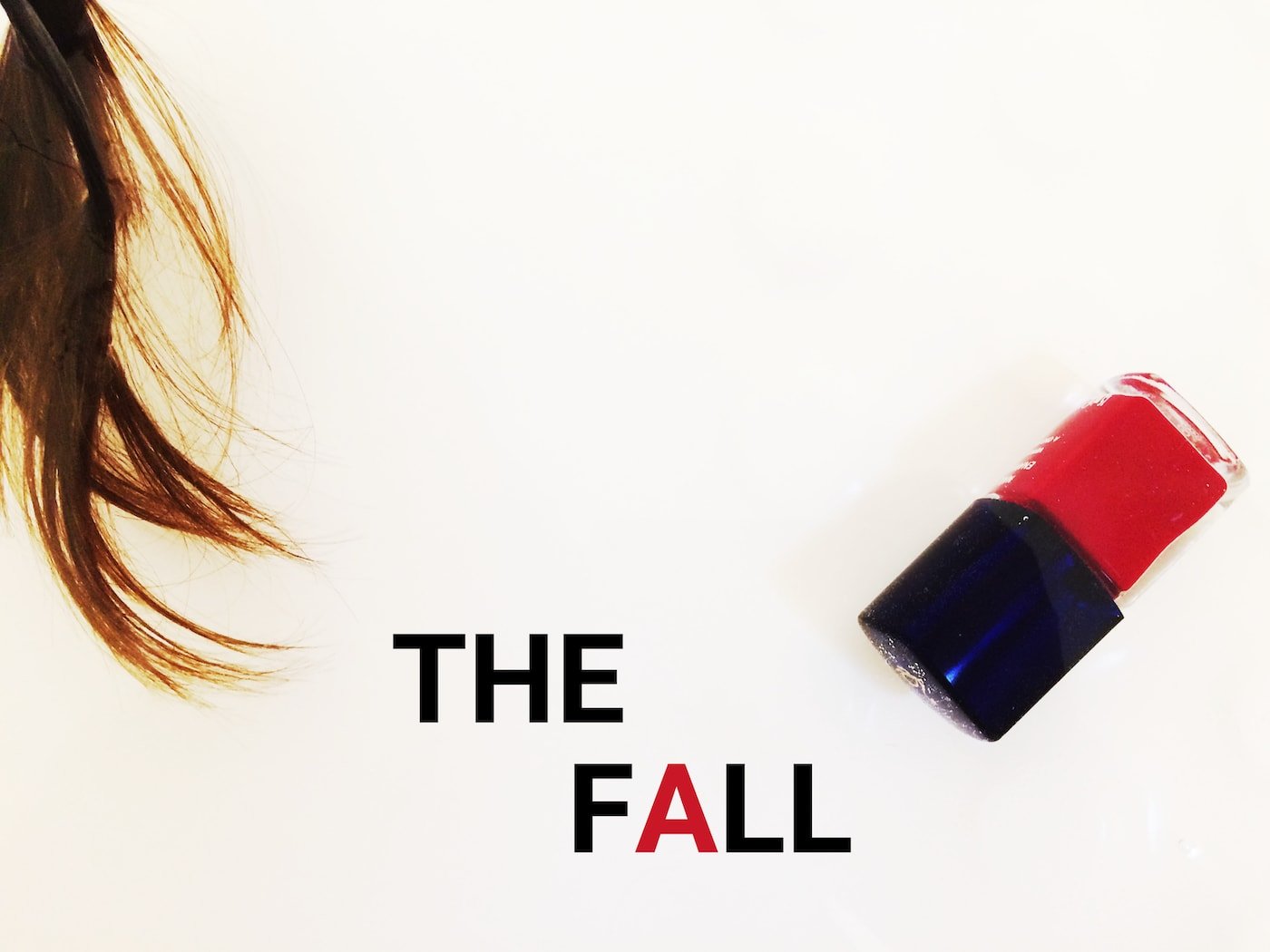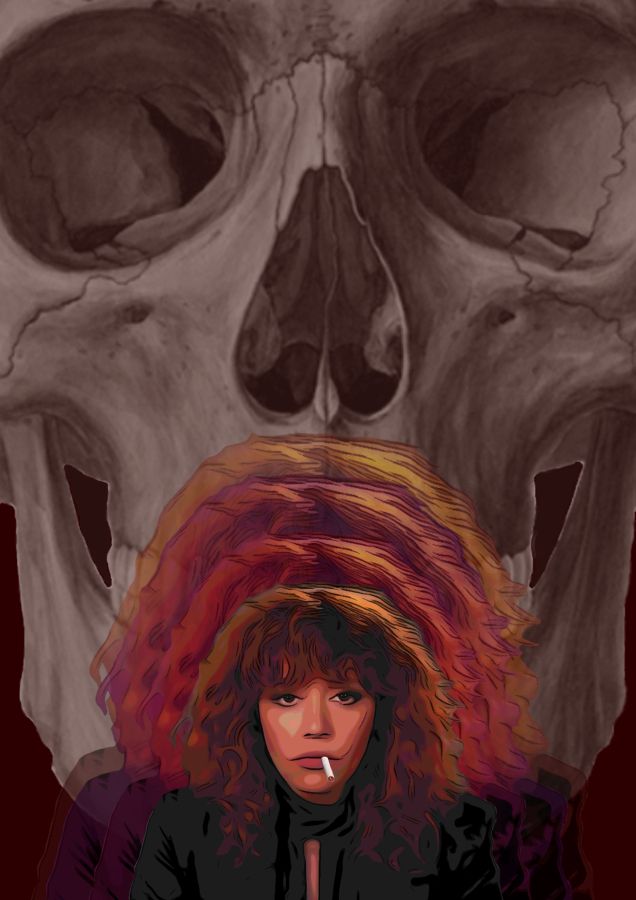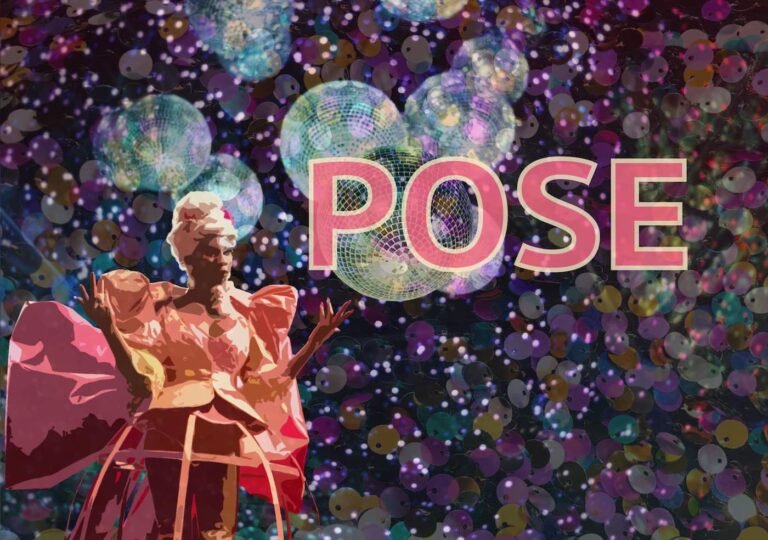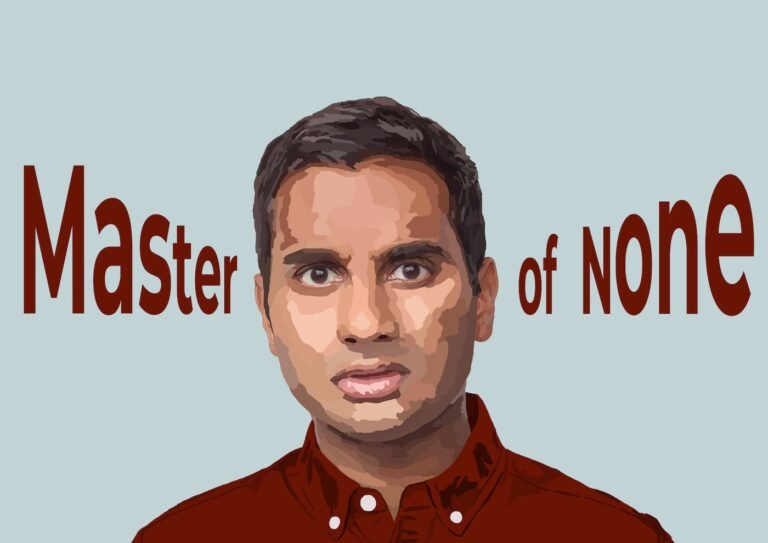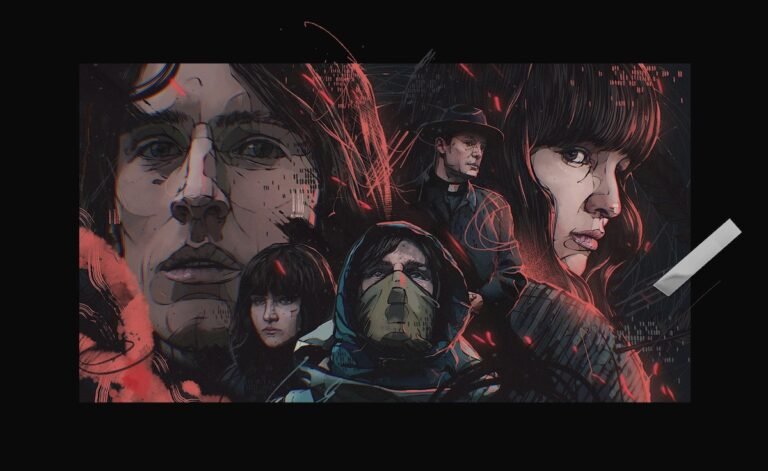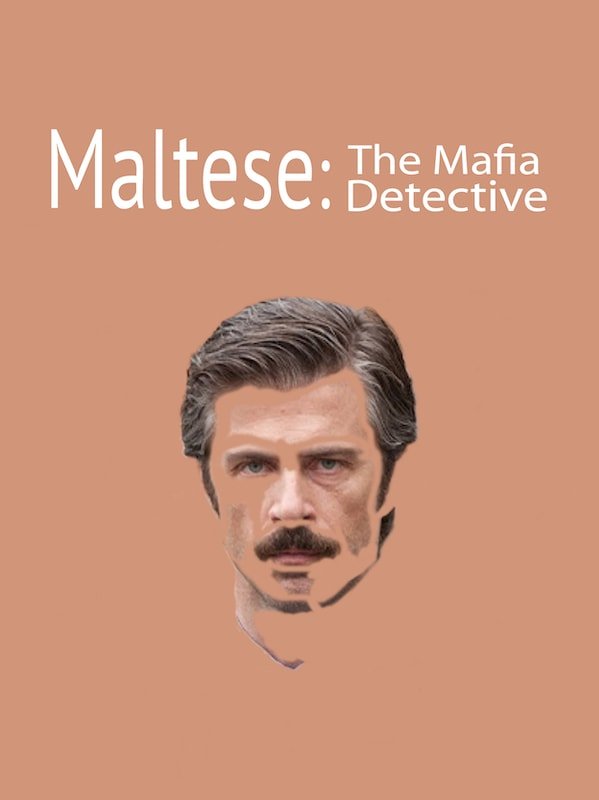Tension headaches suck, but after binge-watching the whole series of the The Fall in less than 24 hours it was well worth getting one. Three seasons, with a total of seventeen one-hour episodes, was more than enough to fall for Stella Gibson, who’s sensationally captured by Gillian Anderson – I can truly appreciate the calls for her to be the next 007. Gibson is sexy, cool, clever and totally calls everyone out, she’s therefore the perfect person to be tasked with bringing down serial killer Paul Spector (Jamie Dornan), who shares the common traits of his pursuer; he’s calm, calculating, and can control his emotions. But, and here’s the striking difference between him and Gibson, she uses her emotional strength to seek justice for the women, he uses his anger to kill them, though which will win?
You’d think it’d be straightforward, she’s a ranking police officer with the force behind her, while he’s just an individual who’s often within inches of being caught – it can be very frustrating. But regardless of the power and resources behind her, as Gibson points out – she doesn’t necessarily have the advantage.
The show breaks from the mould of stalkers when Spector is seen to be a young man; athletic, good-looking, charming, married, has kids and is none other than a counsellor – he’s not what you expect, but neither is Gibson. She’s strong, holds her own and refuses to be belittled or guilted. The first series making many parallel points of comparison between the two, one of which is their sensuality; Gibson initiating a sweet night of sex (passionate but with no strings attached), while Spector bathes the corpse of his latest victim, caressing their skin – the contrast is chilling and effective. On top of this they both seem emotionless when they’re not working, with Spector’s ‘real’ work being the stalking of his prey to the execution and their window dressing – his eyes being at once alive, and the complete opposite to the glazed and zombified expression he has at home. Gibson on the other hand is dismissive of others’ emotions, but again like Spector, only shows real excitement when involved with the chase – her eyes narrowing in on the serial killer. By continually switching these perspectives between the protagonist to the antagonist, the urgency of the scenes is also increased, leaving your stomach to tighten as Spector gets closer and closer to his latest victim.
Some of the calmer, and more insightful scenes of the show, are those that look at Spector’s homelife. In particular the interaction with Spector and his daughter, such as when he washes her hair over the bath, while in another scene an autopsy is carried out on a young woman he had just murdered – and also washed the hair of. The detachment of his character, and this link of a visual reminder is spine-shivering and a little nauseating to boot. But one of the best-conducted moments of the show is when the camera moves from the bird’s eye view of his bedroom, up and over his children’s room (where his wife comforts their daughter from a nightmare), and onto the now cold expression of Spector as he stares into the bathroom’s mirrors. The two reflections of his face subtly informing the viewers of the two sides to Spector, the one he presents to his family, and the one we see outside of them; the real Paul Spector. This concept and execution of the camerawork causes a visually gripping and dramatic scene, that is as poetic as it is creepy – for you’re also reminded, in its position of going over the rooms, that Spector is hiding something above them.
Rarely does the camerawork in a series stand out, and usually only when it’s original in its perspective – which The Fall does with artistic flair. Another example being the following of a body to the morgue; from the camera positioned above their head as though looking through the back window and onto the outside world – where a police car follows behind, to being placed in the morgue and later, the forensic table. The camera often keeping them in sight, and sometimes from the perspective of their height – thereby stopping our desensitisation in just seeing the body as now being evidence and fact, and to instead be reminded that they were an individual who was once alive.
Carried out to the minutest of details, The Fall carries a heavier weight than most forensic, thriller and court dramas merged together. Providing what feels like an informative insight into the investigative and prosecutive processes, in addition to exploring the wider impact on those connected to the killer – making the series feel cuttingly real. In fact, the creator Allan Cubitt took inspiration for The Fall from the real-life serial killer, Dennis Rader. His persona loosely forming a model for the character Spector, in particular that of a family man with a respectable job. There other horrifying similarities between the two, such as their method of killing and the taking of souvenirs, making it all the more frightening.
Each episode and season of the show picks up directly from the last, the writers ensuring that you miss nothing – allowing the moments of suspense to be captured at their fullest. In the first season there’s more build-up in the acts of Paul Spector’s crimes, the police trailing slowly behind collecting the clues. The second season follows Gibson and Spector, as they go head-to-head in a game of cat and mouse, trying to predict and outsmart the other. While the third loses the power of its earlier seasons, and looks more at the process of completing a story and the entanglement that goes with it, and though interesting, it loses the urgency of season one, and the psychological thriller of season two. But it’s still a satisfying watch, and raises questions of the systems around such crimes.
Another level that’s interwoven into the series is police corruption, although this is unmemorable in comparison, and lacks the depth of being pursued as storyline, as was the case for its setting in Northern Ireland and the remaining signs of ‘the troubles’. Although this was more prevalent in season one, with later seasons moving to the larger impact of Paul Spector’s killings both personally, to the involvement of new characters.
This show is a great change of pace to the usual chase of a killer, it’s refreshing and original, with a host of three-dimensional characters, each facing a game of heavily-stacked-odds, while the two lead actors will forever be altered in my eyes.
Creator: Allan Cubitt

